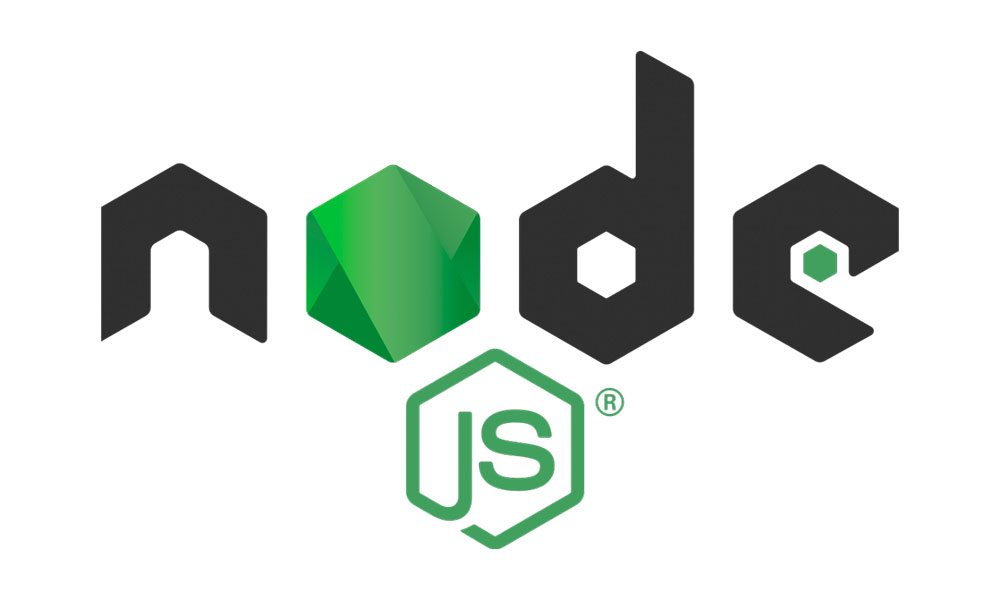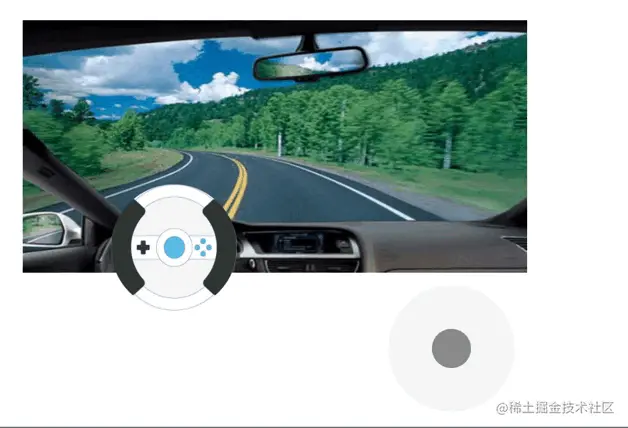全屏效果为传入div元素全屏:
代码块
<html>
<meta http-equiv="Content-Type" content="text/html; charset=utf-8" />
<body>
<div style="margin:0 auto;height:600px;width:700px;">
<button id="btn">js控制页面的全屏展示和退出全屏显示</button>
<div id="content" style="margin:0 auto;height:500px;width:700px; background:#ccc;" >
<h1>js控制页面的全屏展示和退出全屏显示</h1>
</div>
</div>
</body>
<style type="text/css">
#content:-webkit-full-screen {
background-color:rgb(255, 255, 12);
}
</style>
<script language="JavaScript">
document.getElementById("btn").οnclick=function(){
var elem = document.getElementById("content");
console.log(elem);
requestFullScreen(elem);
};
function requestFullScreen(element) {
var requestMethod = element.requestFullScreen || element.webkitRequestFullScreen || element.mozRequestFullScreen || element.msRequestFullScreen;
if (requestMethod) {
requestMethod.call(element);
} else if (typeof window.ActiveXObject !== "undefined") {
var wscript = new ActiveXObject("WScript.Shell");
if (wscript !== null) {
wscript.SendKeys("{F11}");
}
}
}
</script>
</html>
|
屏幕显示差异
这里值得注意的是Gecko和WebKit实现之间的关键区别:Gecko 会为元素自动添加 CSS 使其伸展以便铺满屏幕: “width: 100%; height: 100%”。 WebKit 则不会这么做;它会让全屏的元素以原始尺寸居中到屏幕中央,其余部分变为黑色。要在WebKit中获得相同的全屏行为,您需要添加自己的“width:100%; height:100%;” CSS规则到元素自己
#myvideo:-webkit-full-screen {
width: 100%;
height: 100%;
}
|
注意
如果div不设置background style则使用webkitRequestFullScreen全屏时,div会被黑色填充.
MDN参考-[-/a>
原文链接:https://blog.csdn.net/cchenhuan/article/details/68485585
相关文章



